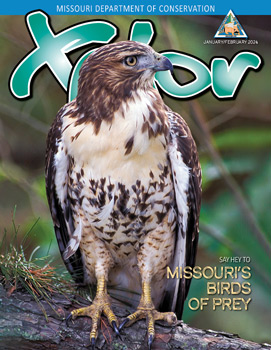
Raptors, better known as birds of prey, earn their living with keen eyes, hooked beaks, and sharp talons.
If you had an eagle’s eyesight, you could read this magazine from the far end of a football field! Raptors can see eight to 10 times better than you can. They use their impressive vision to spot prey as they soar high overhead.
Strong, clawed feet called talons help raptors grab wiggly prey so it can’t get away. Once dinner is caught, a hooked beak helps the hunter tear off bite-sized chunks of food.
Over 30 kinds of eagles, hawks, kites, falcons, vultures, and owls ply the skies over the Show-Me State. Some have been spotted here only once or twice. For this mini guide, we picked 12 of Missouri’s more common daytime raptors.
Tips for Finding Raptors
Watch the weather forecast.
In spring, look for raptors soaring overhead when winds blow from the south. In the fall, watch the sky before and after a cold front moves through.
Listen for fussy birds.
Smaller birds, especially blue jays and crows, swoop and squawk at raptors to alert their feathered friends of the predator’s whereabouts.
Keep your eyes peeled on long drives.
Grassy roadsides and medians offer a buffet of prey. Red-tailed hawks perch on trees or utility poles watching for mice or snakes, and American kestrels hover over the median, searching for grasshoppers.
Bald Eagle
- Young: Streaky brown head, body, and tail
- Adult: White head, brown body, and white tail
When: Year-round
Where: Large lakes, big rivers, wetlands
Wingspan: 6.5 feet
Bald eagles can catch their own food, but they prefer to steal it. They’ve even been known to swipe fish from anglers and ducks from hunters.
Osprey
- White head with brown eye stripe
- Wings mostly white underneath with dark “wrists”
- M-shaped wings
When: Spring, fall
Where: Large lakes, big rivers, wetlands
Wingspan: 5.5 feet
Ospreys can bend their outer toes forward or backward to get a better grip on slippery fish — pretty talon-ted, huh?
Northern Harrier
- Flat, owl-like face
- Wings held in a slight “V”
- White rum
When: Winter, spring, fall
Where: Prairies, weedy fields, marshes
Wingspan: 3.5 feet
A harrier’s saucer-shaped face is lined with stiff feathers that funnel sounds to its ears. This helps the hawk zero in on mice hiding in the grass.
Red-Tailed Hawk
- Dark bar on front of wings
- Dark belly band
- Rusty red tail
When: Year-round
Where: Farm fields, city parks, perched near roads
Wingspan: 4 feet
Courting red-tails fly high into the sky, lock talons, and plummet toward the ground. Before they go splat, they let go and swoop back up.
Broad-Winged Hawk
- Thick black and white bands on tail
- Broad wings
- Pale wings with dark edges
When: Spring, summer, fall
Where: Forests, soaring overhead during migration
Wingspan: 3 feet
In spring and fall, enormous flocks of broad-wings migrate through Missouri. These “kettles” sometimes contain nearly a thousand hawks swirling overhead.
Red-Shouldered Hawk
- Checkered wings
- Reddish chest
- Pale crescents near wingtips
- Skinny white bands on tail
When: Year-round
Where: Forests, swamps, along rivers
Wingspan: 3.25 feet
Like many baby raptors, red-shouldered hawk chicks can shoot their poop up and over the edge of their nests. This helps keep nests clean.
Cooper’s Hawk
- Very long tail with rounded tip
- Rusty chest and belly
- Broad, rounded wings
When: Year-round
Where: Forests, wooded backyards, city parks
Wingspan: 2.5 feet
Diving bombing through branches to bag birds isn’t an easy way to earn a living. In a study of over 300 Cooper’s hawks, nearly 25 percent showed signs of broken bones.
* Cooper’s and sharp-shinned hawks are hard to tell apart.
Sharp-Shinned Hawk
- Small head
- Broad, rounded wings
- Rusty streaked chest and belly
- Very long tail with square tip, often notched
When: Winter, spring, fall
Where: Forests, wooded backyards, city parks
Wingspan: 1.75 feet
Like many raptors, mama sharp-shinned hawks are bigger than daddy hawks. Their larger size helps them catch bigger prey
* Cooper’s and sharp-shinned hawks are hard to tell apart
Merlin
- Sharply pointed wings
- Stocky chest
- Streaked underside
When: Spring, fall
Where: Prairies, fields, wetlands
Wingspan: 2 feet
Need for speed: Merlins eat other birds, which they typically catch by chasing them through the sky until the prey tires.
American Kestrel
- Black “mustache” and “sideburns” on head
- Long tail
- Sharply pointed wings
When: Year-round
Where: Prairies, pastures, along roads
Wingspan: 2 feet
Rodents mark their trails with urine. Under ultraviolet light — which kestrels can see — the urine glows like a neon sign pointing toward dinner.
Peregrine Falcon
- Dark “sideburns” on head
- Sharply pointed wings
- Streaked underside
When: Spring, summer, fall
Where: Cities, wetlands
Wingspan: 3.5 feet
Peregrines are the world’s fastest birds. When one spots a yummy pigeon, it folds its wings and ... WHOOSH! Like a missile, it dives toward prey at over 200 miles per hour.
Mississippi Kite
- Skinny, pointed wings
- Pale gray head and body
- Long, black tail
When: Summer
Where: Cities, woody areas near grasslands
Wingspan: 2.5 feet
Kites specialize in catching insects — like beetles, grasshoppers, and dragonflies — in midair. They sometimes soar over pastures to nab bugs flushed by cows.
Night Shift and Cleanup Crew
Biologists and birders usually include owls and vultures as raptors, even though these birds make their living in far different ways than their day-hunting cousins.
Great Horned Owl
Great horned owls don’t have horns — they have feather tufts. But they are great predators, unafraid to take large prey like turkeys, falcons, and other owls. This hooter has nearly no sense of smell, which is why it occasionally eats skunks. Pee-yoo! Couples call to each other in winter. Listen for a deep hooo, hoo-hoo, HOOO, HOOOO.
Barred Owl
You might hear this dark-eyed owl hooting to attract a mate in early spring. Listen for its questioning call — Who cooks for you? Who cooks for you all? — in woods near streams, rivers, and swamps. In the winter, barred owls hunt rabbits and other rodents. In summer, they add frogs, snakes, insects, and even fish to the menu.
Eastern Screech-Owl
This stocky, 8-inch owl isn’t much bigger than a robin. But nothing’s small about its appetite. More than 250 kinds of critters make the menu. In fact, the list is longer than that of any other North American owl. If you hear songbirds fussing around a tree, look nearby for a screecher trying to take a nap. At night, listen for its eerie, trilling whinny.
Short-Eared Owl
Short-eared owls live up to their name — you rarely see their “ear” tufts. Look for them swooping low over pastures, prairies, and marshes at sunrise and sunset. They use keen hearing to pinpoint voles and mice that are hiding in the grass. Although a few shorties nest in northern Missouri, most are here only during winter.
Turkey Vulture
Unlike other raptors, turkey vultures rarely kill their food. Instead, they look for already-dead animals. Most critters would get a terrible tummy ache if they ate rotten meat. But not a turkey vulture. By eating roadkill, vultures — nature’s cleanup crew — keep germs from spreading.
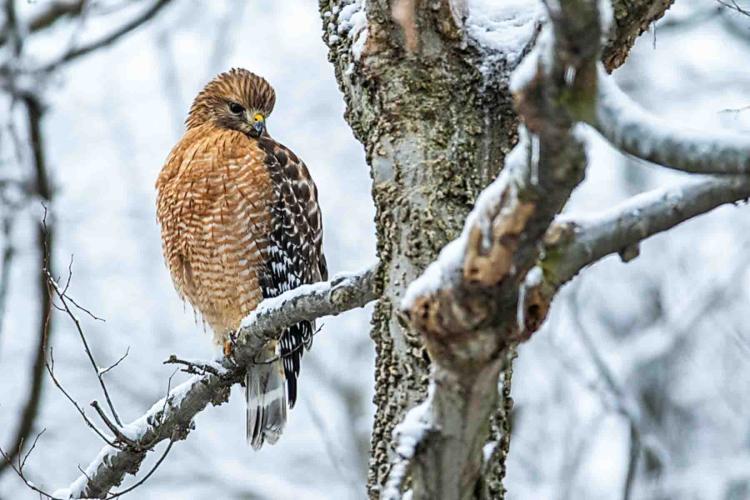
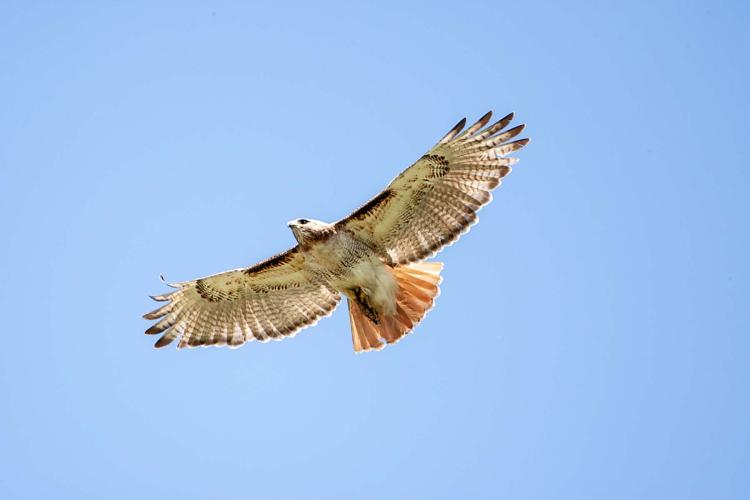
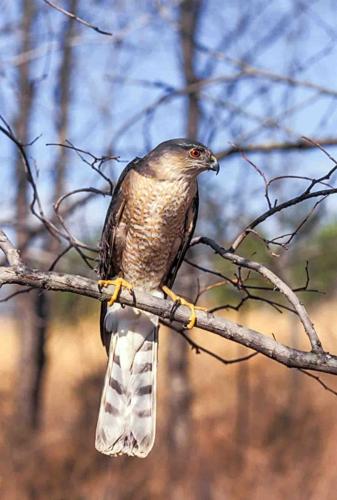
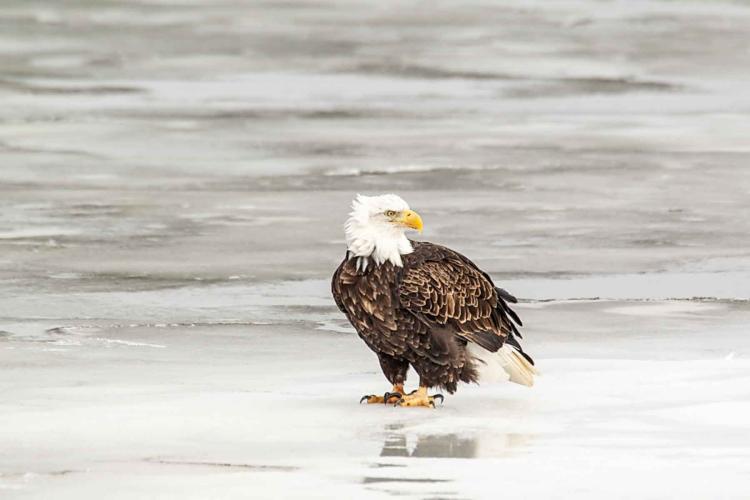
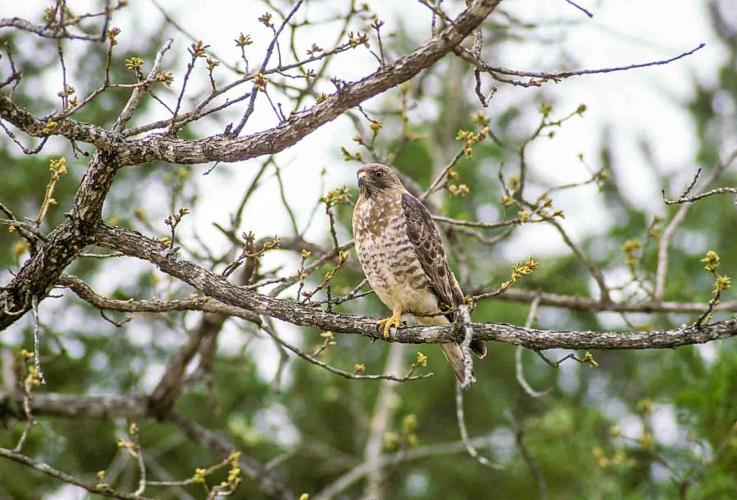
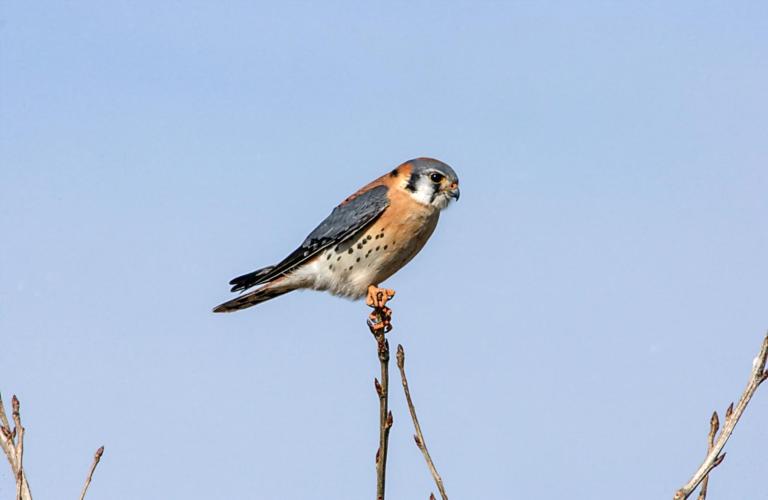
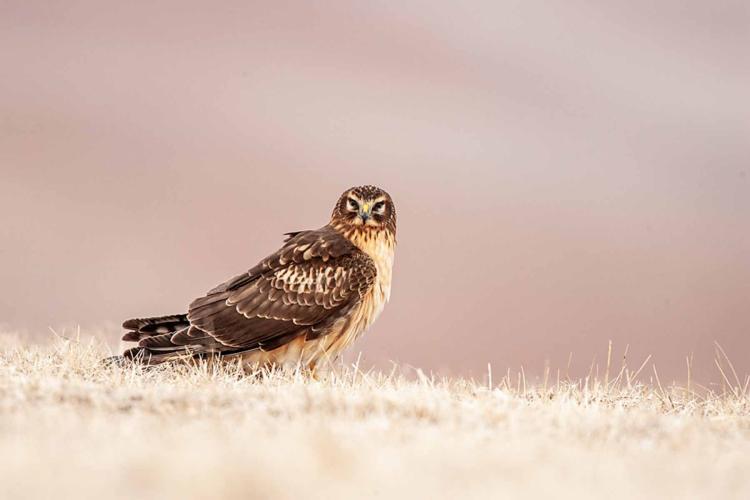

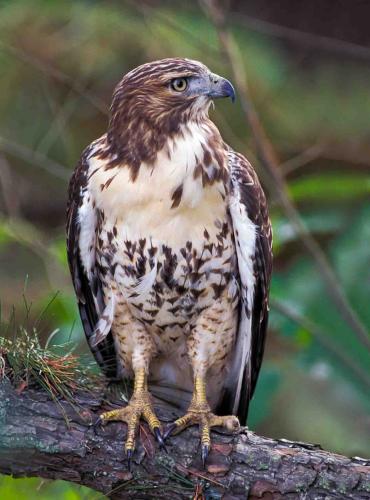
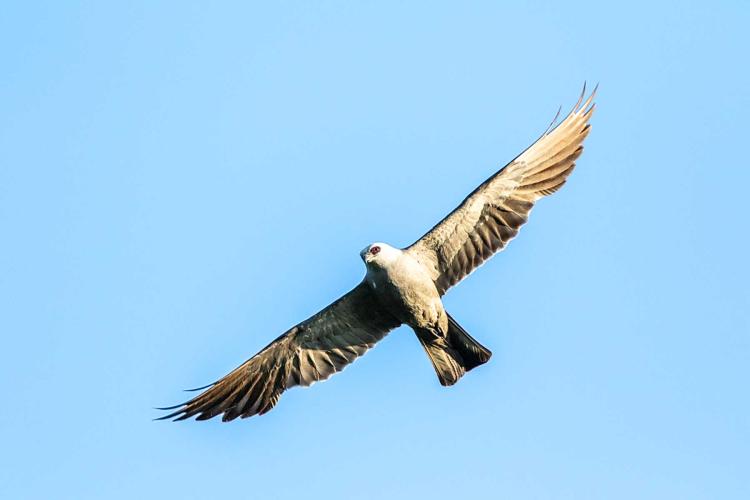
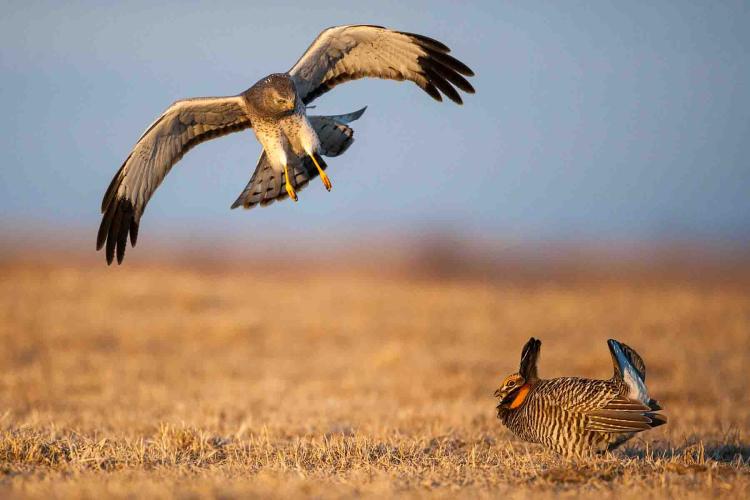
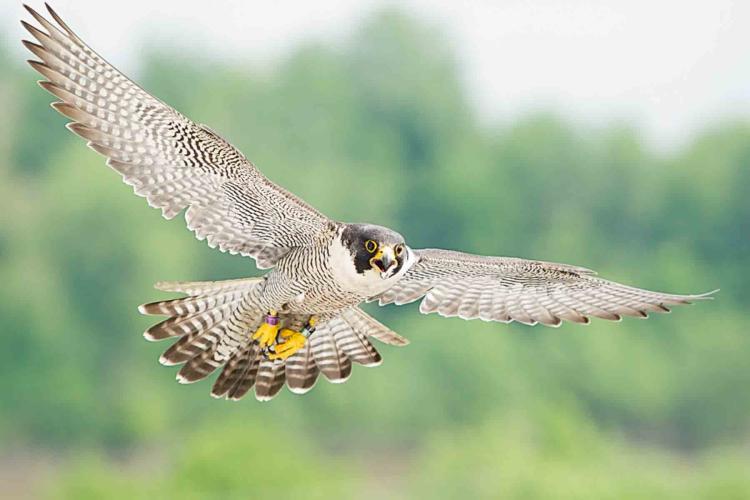
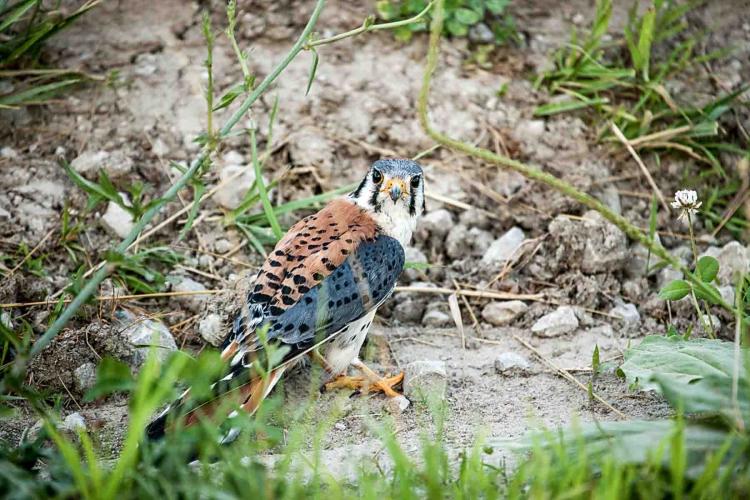
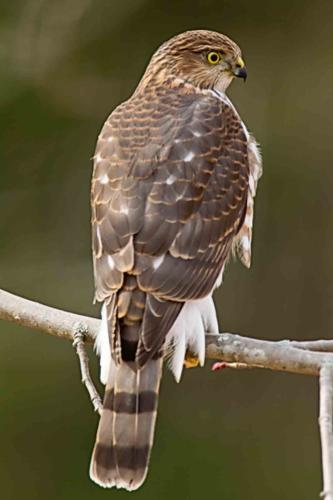
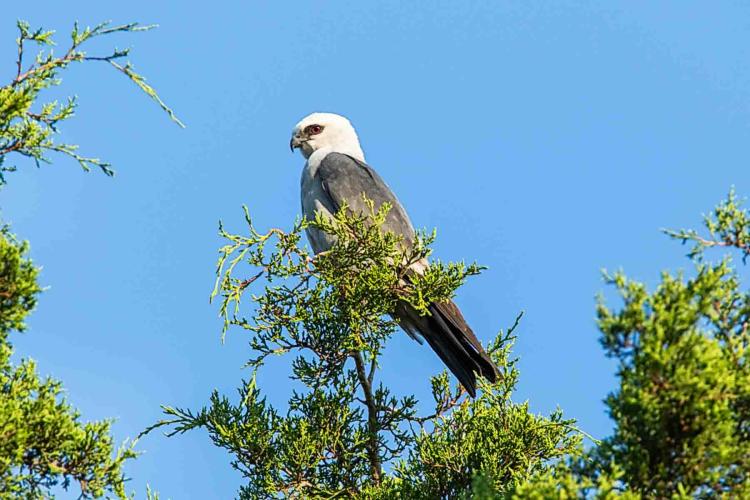
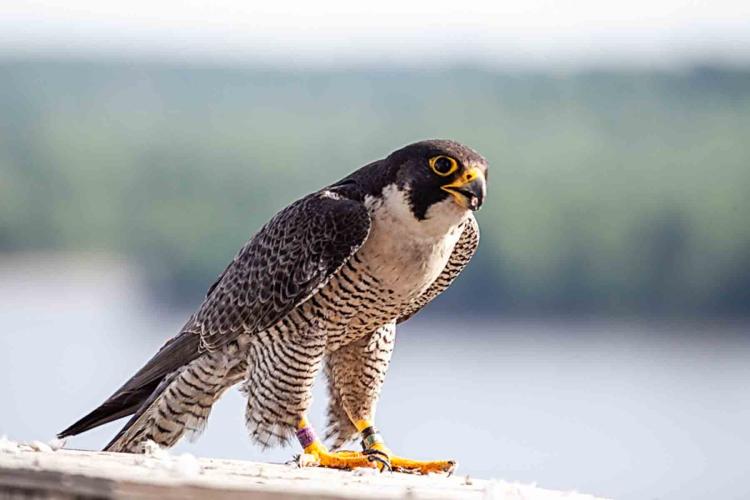
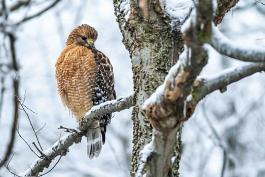
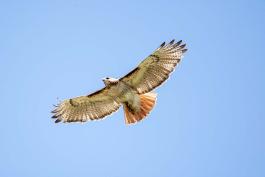
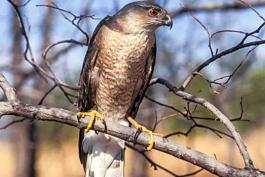
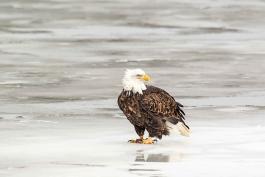
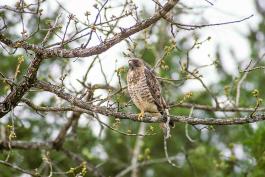
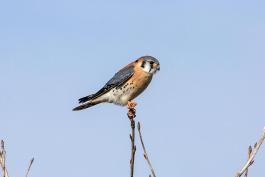
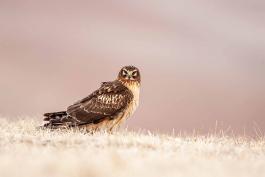
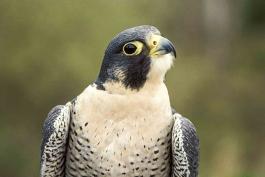
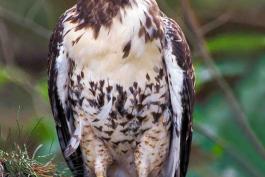
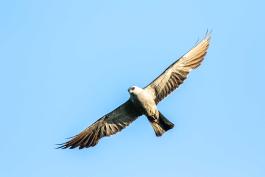
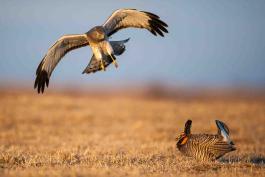
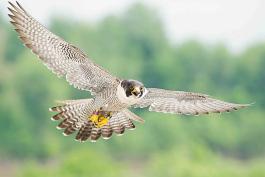
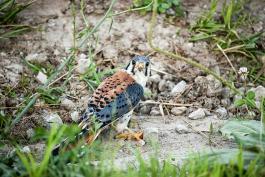
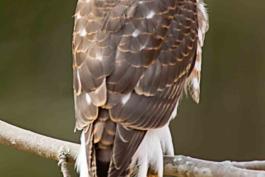
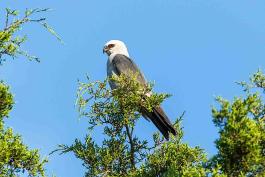
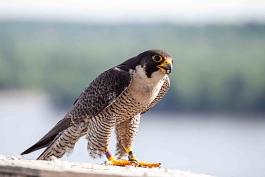
Also In This Issue
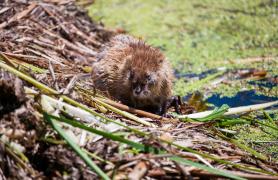
Hungry muskrats are the architects of the marshes where they live.
And More...
This Issue's Staff
Photographer – Noppadol Paothong
Photographer – David Stonner
Designer – Marci Porter
Designer – Les Fortenberry
Art Director – Cliff White
Editor – Matt Seek
Subscriptions – Marcia Hale
Magazine Manager – Stephanie Thurber






















